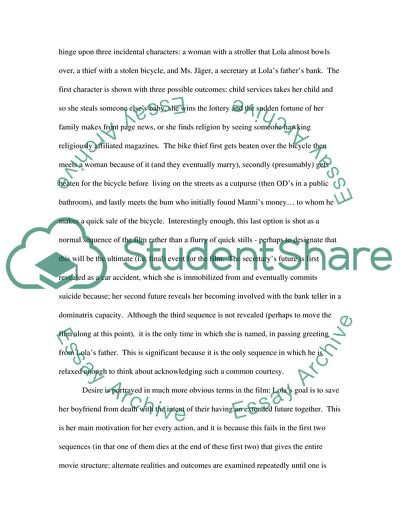Cite this document
(“Compare/Contrast the themes of desire, chance and destiny in the film Essay”, n.d.)
Retrieved from https://studentshare.org/miscellaneous/1537280-comparecontrast-the-themes-of-desire-chance-and-destiny-in-the-film-run-lola-run-and-the-novel-the-death-of-vishnu
Retrieved from https://studentshare.org/miscellaneous/1537280-comparecontrast-the-themes-of-desire-chance-and-destiny-in-the-film-run-lola-run-and-the-novel-the-death-of-vishnu
(Compare/Contrast the Themes of Desire, Chance and Destiny in the Film Essay)
https://studentshare.org/miscellaneous/1537280-comparecontrast-the-themes-of-desire-chance-and-destiny-in-the-film-run-lola-run-and-the-novel-the-death-of-vishnu.
https://studentshare.org/miscellaneous/1537280-comparecontrast-the-themes-of-desire-chance-and-destiny-in-the-film-run-lola-run-and-the-novel-the-death-of-vishnu.
“Compare/Contrast the Themes of Desire, Chance and Destiny in the Film Essay”, n.d. https://studentshare.org/miscellaneous/1537280-comparecontrast-the-themes-of-desire-chance-and-destiny-in-the-film-run-lola-run-and-the-novel-the-death-of-vishnu.


